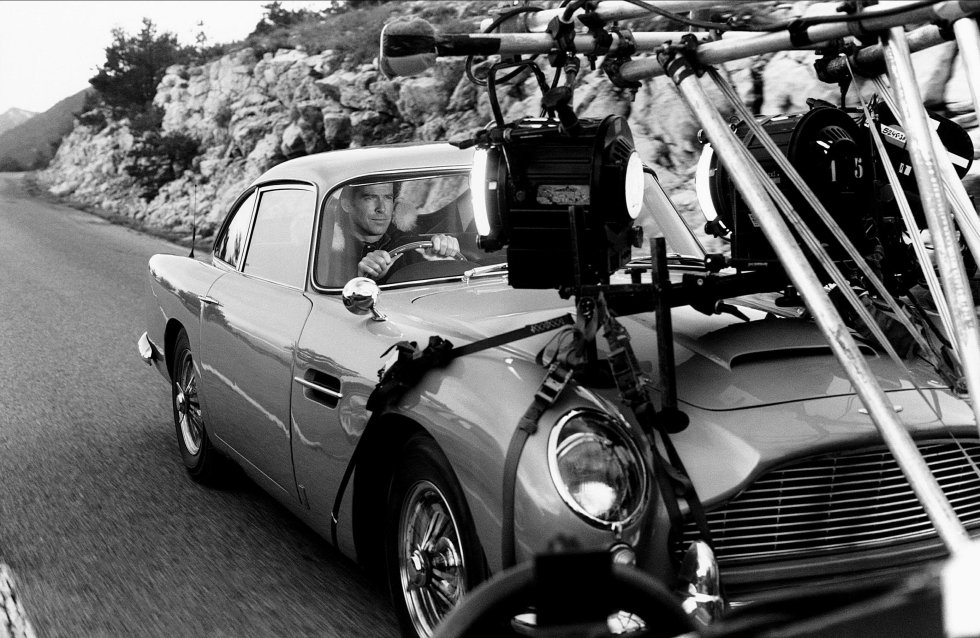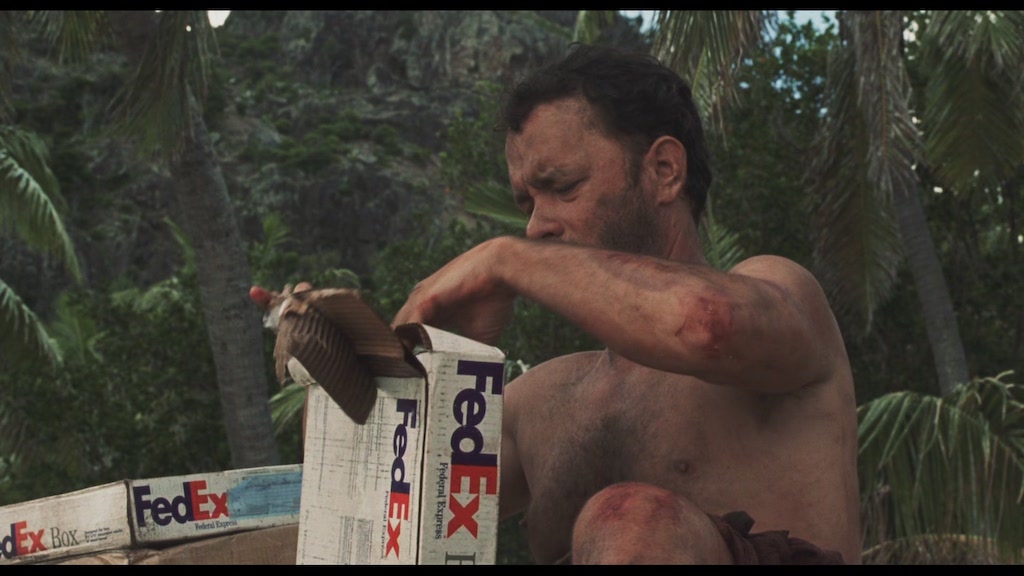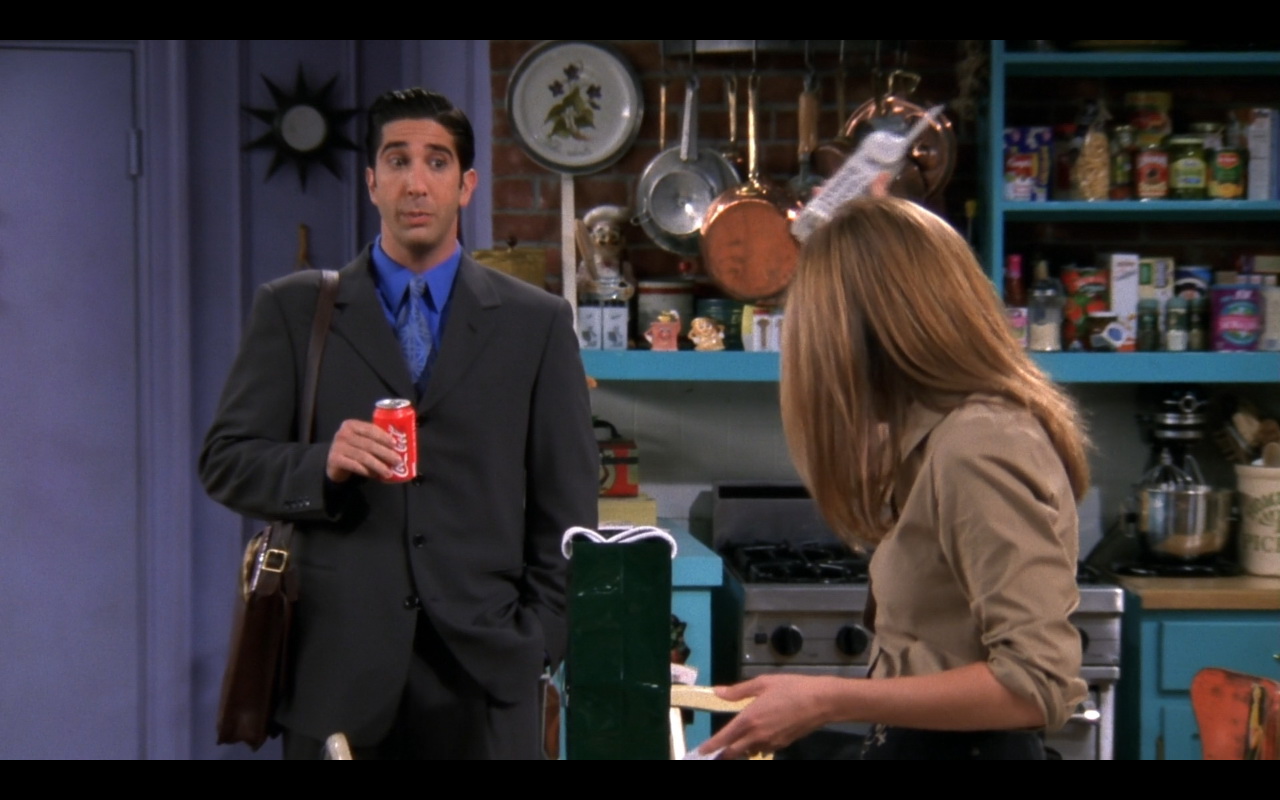
Product Placement: Win Customers With Film & Television!
Last update: 27 April 2023 at 01:13 pm
Perhaps you’ve noticed in movies or TV series that certain cars are always used, coffee-to-go always comes in a cup from a well-known coffee shop brand, or James Bond wears a flashy watch on his wrist. Find how product placement can help you win customers.
With cleverly staged seconds in the film industry or YouTube marketing, you can introduce your products to a large audience with a short camera pan.
Attracting new customers and improving brand visibility are goals of product placement. In today’s article, we’ll show you how to cleverly integrate product placement into your marketing strategy and make the most of all the benefits.
Product Placement – Definition
The skillful placement of one’s own products in a rather unconventional way in the field of film and television is called product placement.
This type of advertising is one of the big 4P’s in the marketing mix. Alongside product, price, and place, promotion, which includes product placement, is an important pillar for successful marketing concepts.
What Are Examples of Successful Product Placement?
Product placement can be used in various forms. Particularly effective are, for example, smoking actors who prefer a certain brand or the main actor mentioning a certain product.
The latter is well seen in the James Bond film “A View to a Kill,” in which the film hero mentions the cat food brand Whiskas.
In James Bond films, attentive viewers can recognize up to 14 different brand products, from the favorite Belvedere Vodka to the cashmere sweater from N.Peal to the secret agent’s classic vehicle – an Aston Martin.

If coffee is brought in, you will recognize the green logo of Starbucks in many American films; for soft drinks, Coca Cola is clearly preferred.
In the movie Cast Away, the whole story revolves around a lost courier from the logistics giant FedEx. But local organizations can also be mentioned.

In general, marketing experts distinguish between seven forms of product placement.
Product Placement
In product placement, a specific brand product is used in film and television. If you are looking to get involved with product placement, you can get started with a qualified advertising agency to help you.
Corporate Placement
In the case of corporate placement, it is not a specific product that is incorporated into the film sequences, but the entire company. A good example of this is the appearance of McDonalds in the blockbuster “The Fifth Element”.
Innovation Placement
A new technology is introduced in this way. Think of the JVC video camera that first appeared in the movie “Back to the Future” and caused quite a stir.
Generic Placement
Generic placement is especially recommended for companies that have the largest market share. One example is the main character’s fondness for Jell-O in “Liebling Kreuzberg”. The market leader Dr. Oetker clearly benefited from this preference.
Creative Placement
Product placement is used quite intelligently when certain brands and branded products are integrated into the plot of a TV show or feature film. This is what happened in the movie “The Gods Must Be Crazy.” The empty Coca-Cola bottle that falls from the sky is integrated into the plot and the further course of the story.
Image Placement
The focus of this placement is on entire regions or vacation destinations. The ZDF series “Hotel Paradies”, for example, is set in Mallorca throughout.
On Set Placement
This placement involves the least effort. A certain branded article appears for a few moments in the film. It is of no interest to the plot.
What Are the Goals of Product Placement?
Two parties are involved in product placement. On the one hand, the placing company is looking for a platform to present its own products and services to a large customer segment.
The brand benefits from the increased advertising impact when products are presented in everyday situations. Optimally, your brand awareness is increased and you gain new customers.
On the other hand, the brand offering the product placement is looking to reduce production costs. Especially Hollywood uses this option very actively and you will usually find a lot of product placements in series and blockbusters.
How Does Product Placement Work?
Product placement requires an agreement between a producing company and a media company. In return for financial compensation, the media company provides the desired coverage. So the main characters don’t drink a Coca Cola instead of a Pepsi by accident.
With the advance of digitalization, product placement has also created new space. Currently, this form of marketing is not limited to film and television; product placement is also being used more and more intensively on social media platforms such as Instagram and YouTube.
Is Product Placement Allowed?
Although varying from country to country, product placement is generally permitted. However, the corresponding broadcasts and films must be labeled so that it is recognizable that product placement is being used.
In some productions, the use of product placement is not permitted. These include, for example, children’s programs, documentaries, news, and the broadcasting of church services.
Accordingly, product placement occurs primarily in TV shows, movies, and light entertainment series. Product placement is generally not permitted in TV broadcasts by public broadcasters. Here, product aids are only used free of charge. Most of the time, this involves cars or cell phones.
What Is Advertised With Product Placement?
As you have just seen, product placements can be used to advertise individual branded articles, entire companies, but also regions and countries. Depending on the objective and brand awareness of the placing company, product placement or corporate placement is conceivable.
In the area of social media, branded products are specifically integrated in order to increase the brand awareness of the company on the one hand and to generate income for the influencers on the other, because they usually enter into contracts with the brands.
What is advertised ranges from new soft drinks and cosmetics to new tech gadgets. It is important for influencers to mention in the opening or closing credits that product placement is being used in order to avoid legal penalties.
What Is the Difference Between Product Placement and Surreptitious Advertising?
Sometimes the term surreptitious advertising is equated with product placement. However, there is a difference between the two forms.
The basics of product placement and surreptitious advertising are very similar. In both variants, payment is made for the display of goods or services. However, surreptitious advertising, unlike product placement, is often prohibited.
The main difference lies in the distinction. If commercials or insertions are labeled as such according to legal regulations, they run as product placement. If this labeling is missing and the advertising takes place indirectly, then it is called surreptitious advertising. Surreptitious advertising, by definition, fulfills the following points:
- The viewers are not aware of the advertising.
- The advertising is compensated in cash or in kind.
- The effect of the advertising only becomes effective when it is broadcast.
For years, for example, the TV show “Wetten, dass…?” in Germanry was suspected of surreptitious advertising. The conspicuously placed gummy bears tipped the scales because Thomas Gottschalk was also Haribo’s brand ambassador.
Tatort” was also criticized because a relatively large number of Volkswagens were driven in the series. Some YouTubers have already been sentenced to heavy fines because their videos were not properly labeled as continuous commercials.
What Are the Advantages and Disadvantages of Product Placement?
Product placement brings with it many advantages, which we would like to list below:
Advantages
- With a skillful product placement you can create an image transfer from an actor or film to your brand product. Consumers and viewers will therefore remember the positive emotions of the film when they make their next purchase. Especially when a certain beauty product or a special type of chocolate is used in favorite films, this can have a long-lasting effect on consumers.
- Production companies in film and television use product placement to cut costs. TV shows and movies have been financed in this way for decades.
- The placing company can significantly improve its own brand awareness. New customers, who might normally be difficult to reach, are much better contacted in this unconventional way. The range of possible brand products or services is huge. Whether it’s a car brand, make-up products, cigarettes or fast food chains, almost anything can be included in a film with a little creativity.
- The experience for the viewer becomes more realistic. Especially when products are used in certain everyday situations, the authenticity increases. The better a product placement adapts to the film environment, the higher the acceptance on the part of the viewers.
In addition to an immense number of advantages, however, there are also some disadvantages to product placement:
Disadvantages
- What was just mentioned as the first advantage, the image transfer can also turn out to be a negative aspect in case of a bad choice. If a film production is involved in a scandal or does not go down well with the audience, this can also have a negative impact on the brands that have chosen to place their product in these very productions.
- Excessive advertising can be distracting in the television program. In some cases, this excessive placement of products and services even leads to rejection by the audience. The desired advertising effect fails to materialize and an unpleasant aftertaste remains.
- The cost point should not remain outside. In contrast to many other forms of marketing, product placement is quite price-intensive. A small example: in “Skyfall” Bond left his chilled Martini and switched to a Heineken. This cost the brewery an impressive 45 million dollars.
- If too many different products appear in a show or movie, the advertising effect disappears. Especially when several products from the same industry are embedded, the positive advertising effect for each individual product fades.
Where Will People See Your Product?
Product placement is a legitimate form of marketing that is becoming increasingly popular, especially in cinematic and digital media. However, to be well featured in major film productions for television or cinema, it takes some knowledge of the basics of product placement to find good deals.
Without know-how, the many positive advertising effects in terms of reach and new customer acquisition can quickly fizzle out and what remains is a very costly experience. Therefore, it is advisable to contact a specialized agency.






